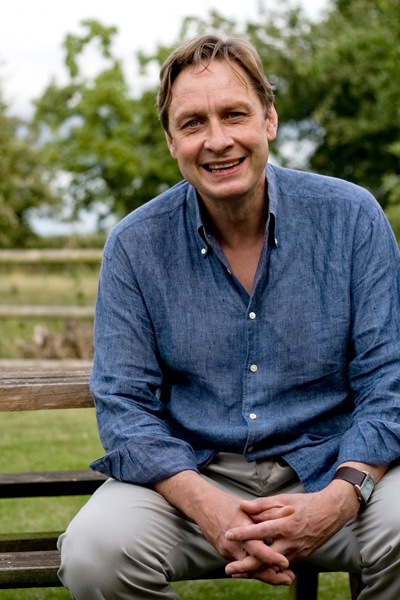Composed in 1811–1812, Beethoven's Symphony No. 7 is one of the composer's most energetic and rhythmically driven works. The work got its premiere in Vienna on December 8, 1813, conducted by Beethoven himself at a charity concert for soldiers wounded in the Napoleonic Wars. The evening also featured a first performance of Wellington's Victory, Beethoven's musical insult to Napoleon himself - whom he had once deemed a great liberator, but now dismissed as a tyrant.
The symphony was immediately well received, especially its famous second movement (Allegretto), a haunting, solemn march that became so popular that it was often performed separately.
After the titanic adventures in sound-colour, form and dramatic expression of Symphonies Nos 5 and 6, the Seventh might initially seem a return to safer, more classical ground. Except that Beethoven doesn’t really do ‘safer’ – not by this stage in his career, anyhow.
Beethoven Symphony No. 7 guide
Composed after a much-needed restorative spa holiday in 1811, Symphony No. 7 sounds like what Beethoven would later call a ‘return to life’. The key of A major is often associated with light and buoyancy (Mendelssohn’s Italian Symphony, Schubert’s Trout Quintet), but here the sheer physical energy – expressed in dancing muscular rhythms and brilliant orchestration – can, in some performances, border on the unnerving.
Confronted with one particularly obsessive chain of repetitions (possibly the spine-chilling final crescendo in the first movement), Beethoven’s younger contemporary Carl Maria von Weber pronounced him ‘ripe for the madhouse’.
But there’s nothing mad about the way Beethoven draws together the seemingly diverse dance rhythms in this work. Just a few minutes into the substantial slow introduction, the woodwind intone a rhythmic pattern: DA de-de – in classical metric terms, a ‘dactyl’. You'll hear it from around 4:05 in the clip below.
'Ferocious elation'
This same pattern pulses expectantly in the audacious sustained one-note transition to the Vivace, then springs to life in its main theme. The wonderful veiled Allegretto that follows is haunted by the same rhythm, the Trio of the Scherzo repeats it like a playground game, while the finale is positively possessed by it, right up to the ferocious elation of the final bars.
Just before the end, for the first time ever in an orchestral work, Beethoven uses the marking fff – fortississimo: ‘louder than as loud as possible’. There are times listening to this astonishing finale that one wonders if it wasn’t here that Stravinsky got the idea for the ‘Sacrificial Dance’ from the Rite of Spring – except that it is life, not death, that triumphs.
'Finding hope amid desolation'
It isn’t all joyous assertion, of course. Like TS Eliot, Beethoven realised that it is darkness that ‘declares the glory of light’. The voluptuous nocturnal world of the Allegretto opens on a minor-key wind chord which, after the glowing A major that ends the first movement, feels like the deft extinguishing of a light.
Beethoven expands his tonal universe as never before in a symphony, allowing the bright A major to be continually undermined by a remote (and, in context, darker) F major – if that sounds technical, the effect in performance is fully visceral. But ultimately, the Seventh Symphony is testimony to Beethoven’s enduring ability to find energy and hope amidst inner and outer desolation, and as such it’s indispensable.
Beethoven Symphony No. 7: recommended recording
Gewandhausorchester Leipzig/Riccardo Chailly Decca 478 3496
Riccardo Chailly achieves the near-impossible, combining the classicising insights of period-style performers with the tonal richness and expressive gravity of old-school master interpreters such as Otto Klemperer or Carlos Kleiber. The rhythms are crisp and vital, the colours gorgeous, the expression intense and broad-ranging, and all is captured in superb recorded sound.
Words by Stephen Johnson. This article first appeared in the December 2015 issue of BBC Music Magazine.
